- Undergraduate
Bachelor's Degrees
Bachelor of ArtsBachelor of EngineeringDual-Degree ProgramUndergraduate AdmissionsUndergraduate Experience
- Graduate
Graduate Experience
- Research
- Entrepreneurship
- Community
- About
-
Search
Research Quick Takes
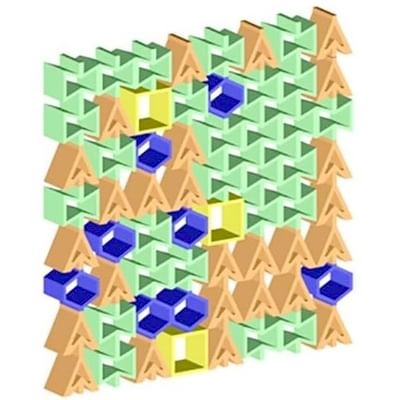
Aug 08, 2024
Machine Learning Leads to Novel Metamaterials
PhD students Xiangbei Liu, Huan Zhao, Ya Tang, and Professor Yan Li are co-authors of "Few-shot learning-based generative design of metamaterials with zero Poisson’s ratio" published in Materials & Design. The team used their novel approach to "identify a non-periodic metamaterial that does not experience lateral deformation when stretched or compressed—constructed by strategically arranging 64 common unit cells, each having either positive or negative Poisson’s ratios. This unique property is highly desirable for applications such as space actuators, tissue scaffolds, and gaskets," said Li.

Aug 08, 2024
Research Pitch Winner: Re-building bones
PhD student and Surgical Innovation Fellow Peter Bertone won this year's Orthopaedic Research Society (ORS) International Section Fracture Repair (ISFR) 3-Minute Research Pitch Competition. His pitch was titled, "Post-Radiation Renovation: Re-building Stronger 'Homes' with Better Bones." Said Bertone, "I described a scenario where a home is being treated for mold. My work focuses on treating and rebuilding bone after cancer. In both cases, you remove the affected area, treat it, and replace the missing structure and material." WATCH VIDEO
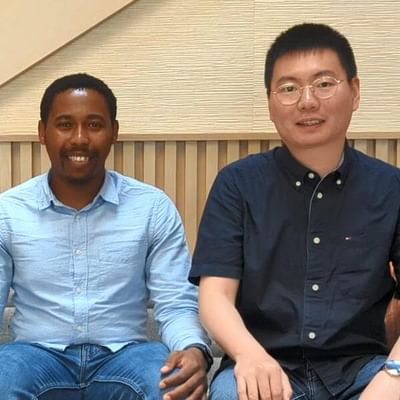
Aug 01, 2024
NSF National I-Corps Team "uDrive"
PhD students Bahlakoana Mabetha and Yanqiao Li—mentored by Google Research Scientist Hong Tan and advised by Professor Jason Stauth—were awarded $50,000 from the National Science Foundation’s Innovation Corps (I-Corps™) National Teams training program. After developing small, efficient integrated circuits, Li and Mabetha formed "uDrive" to commercialize their novel high-voltage low-power drivers for haptics that can solve key challenges in human-machine interactions through the sense of touch. They attended three trade shows and interviewed over 100 industry experts during the eight-week program.

Aug 01, 2024
Liquid Metal Printing for Flexible Electronics
PhD students Simon Agnew '22, Sam Ong, and Saifur Rahman, research associate Anand Tiwari, and professor Will Scheideler co-authored "Hypoeutectic Liquid Metal Printing of 2D Indium Gallium Oxide Transistors" published in Small. Their paper explores how to effectively dope liquid metal printed 2D semiconductors to make high-performance devices with a scalable, roll-to-roll process for flexible, transparent electronics.
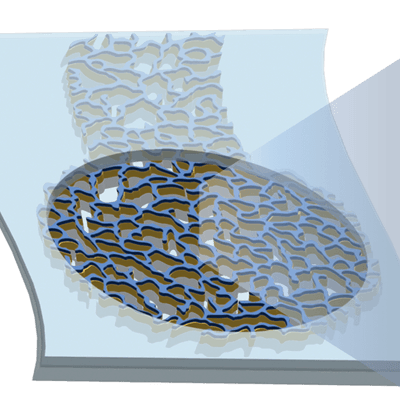
Jul 25, 2024
Nanomesh for Elastic Neuroelectrodes
Researchers Jaehyeon Ryu, Yi Qiang, Gen Li, and Yongli Qi, PhD student Tianyu Bai, and Professor Hui Fang are co-authors on "Multifunctional Nanomesh Enables Cellular-Resolution, Elastic Neuroelectronics" published in Advanced Materials. "Our study presents a novel approach using conventional electrode materials through multifunctional nanomesh to achieve reliable elastic microelectrodes directly on polydimethylsiloxane (PDMS) silicone with an unprecedented cellular resolution," says Ryu.
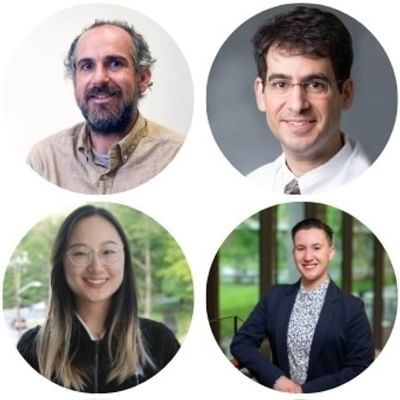
Jul 18, 2024
ENTerpoint Surgical Navigation System
The Dartmouth Innovation Accelerator for Digital Health (DIADH)—a partnership between the Center for Technology and Behavioral Health and the Magnuson Center—awarded $50,000 to a team (pictured) led by alum Yuan Shi Th'24, that includes Professor Ryan Halter, for their "ENTerpoint Surgical Navigation System." The system "has the potential to significantly enhance safety and efficacy of transoral robotic surgery while reducing costs," says Shi.
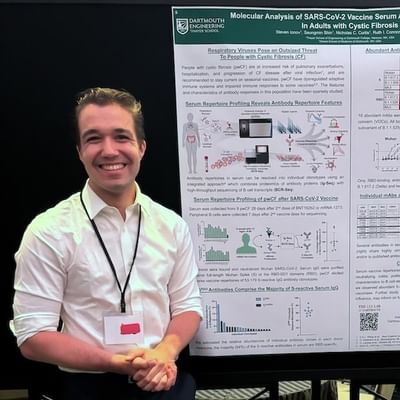
Jul 11, 2024
Scientific Merit Award
PhD candidate Steven Ionov presented work out of Jiwon Lee's lab that received a Scientific Merit Award at the National IDeA Symposium of Biomedical Research Excellence (NISBRE) in Washington DC. "People with cystic fibrosis are at increased risk of life-threatening bacterial infections when infected with virus, and their responses to viral vaccines are understudied," said Ionov. "The presented work was a high-resolution description of the serum antibody responses to COVID vaccination in patients with cystic fibrosis."
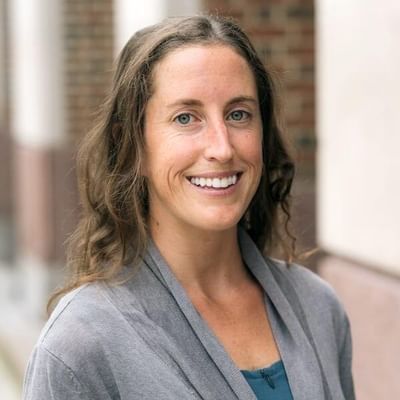
Jun 27, 2024
Glacier Surges & Floods
Research Scientist Aleah Sommers (pictured) and Professor Colin Meyer won a two-year ~$180,000 NASA grant to work with international collaborators in Pakistan to study the influence of water flowing at the base of glaciers in High Mountain Asia. "Improved understanding of subglacial drainage has great potential benefit for hazard prediction and water resources, in terms of how they are likely to change with continued warming," says Sommers.
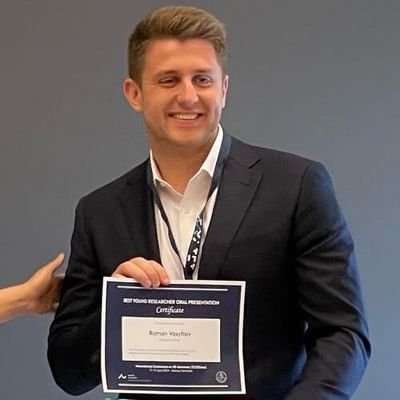
Jun 27, 2024
Best Oral Presentation
PhD student Roman Vasyltsiv received a "Best Young Researcher Oral Presentation" certificate at the International Conference on 3D dosimetry in Aarhus, Denmark. Roman presented his work on detection of radiation dose delivery in real time from ultra-high dose rate proton therapy systems using scintillation meshes applied to the patient's surface and ultra-fast cameras.
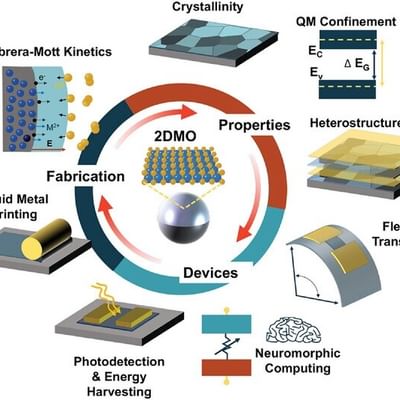
Jun 13, 2024
Materials for Flexible Transparent Electronics
Professor Will Scheideler collaborated with Professor Kenji Nomura of UCSD to write a review titled "Advances in Liquid Metal Printed 2D Oxide Electronics," published in Advanced Functional Materials. Their paper highlights recent advances in ultrathin liquid-metal-derived 2D semiconductors for high-performance flexible circuits, display technology, and neuromorphic computing.
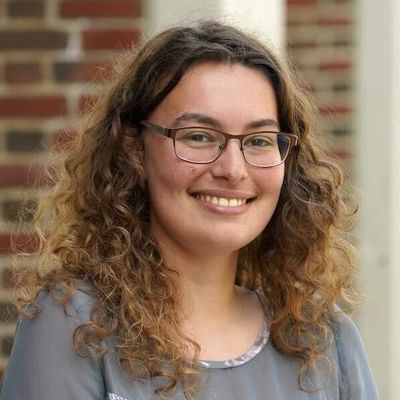
Jun 06, 2024
Travel Fellowship
Postdoc and lecturer Kasia Warburton was selected for a Thomas Hughes Fellowship to attend the 2024 International Congress on Theoretical and Applied Mechanics (ICTAM) in Korea in August, sponsored by the National Academies. She will present an invited talk on fluid mechanical challenges for sustainability and climate change titled, "Evolving permeability of sub- and supra- glacial flow."

Jun 06, 2024
Best in Physics
PhD student Megan Clark Th'21 is first author on a submission named "Best in Physics" for the National American Association of Physicists in Medicine (AAPM) Annual Meeting & Exhibition to be held in Los Angeles in July. The submission is titled "Anesthetic Concentration, Type, and Duration in Murine Model to Play an Essential Role in Tissue Oxygenation and Reproducibility of the Flash Effect." Coauthors include Arthur Pétusseau Th'23 and professors David Gladstone, Brian Pogue, Petr Brůža, and Jack Hoopes.
